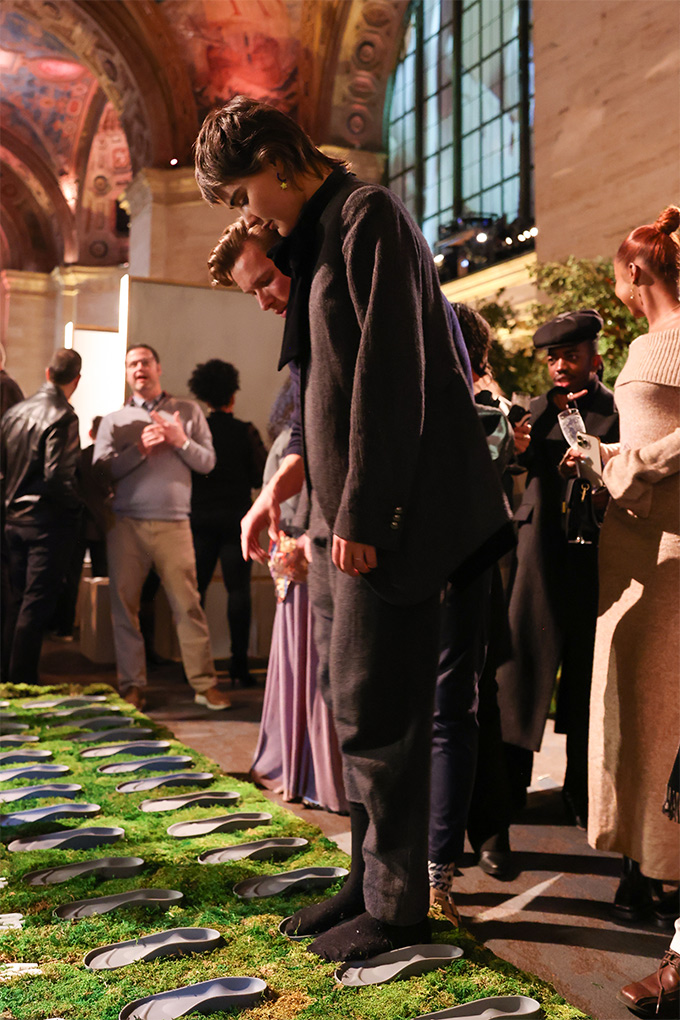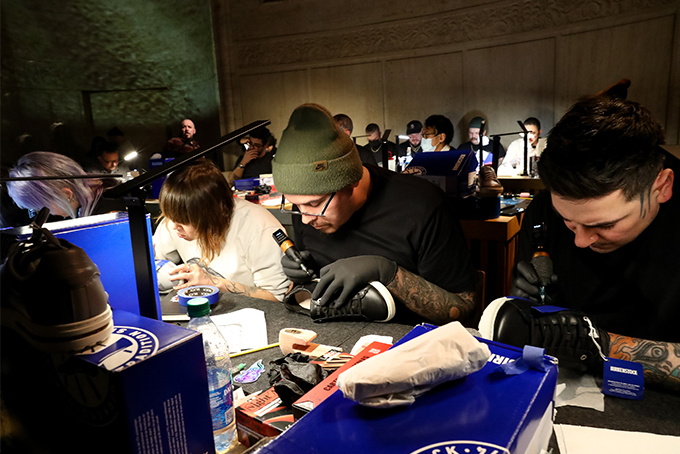Think of the name ‘Birkenstock’ and chances are a flurry of styles come to mind. Perhaps it is the breezy practicality of the open-toed Arizona sandal, the innocuous Gen Z appeal of the Boston clog or the storied history of the simple Madrid flat. And while fashion aficionados are no strangers to this distinct footwear brand, its recent resurgence on TikTok and celebrities like Bella and Gigi Hadid have only solidified its cool factor. That, coupled with the brand’s innate ability to embrace customers regardless of age, social background or style has been one of the key markers of the German footwear stalwart.

With shoemaker Johann Adam Birkenstock laying the foundation for the brand in 1774, Birkenstock has become synonymous with its trailblazing expertise in orthopaedics, namely, its contoured footbeds made out of cork, suede and jute, all of which mould to the wearer’s feet and gait over time.Its creations first stood out for their ‘unfashionable’ appearance among the slim and genteel footwear silhouettes of its era. As time went on, however, its designs were lauded for their comfort and unconventional style. It also started to gain traction on fashion runways, with pieces notably used in Perry Ellis menswear’s spring/summer 1993 collection by Marc Jacobs.

“We try to drive a trend or movement from within, we’re not searching for direction outside.”
Fast forward to today and Birkenstock is reclaiming its interesting sartorial standing with the slogan Ugly for a Reason—a timely one considering that the Boston clog was named the most googled shoe of 2022. It’s also the moniker for Birkenstock’s first post-pandemic campaign, which pays tribute to its orthopaedic roots, foot health and affinity with nature. In New York City last November, press from all over the world were joined by the brand’s esteemed experts, from chief sales officer Klaus Baumann to London-based fashion historian Alice Janssens.

First on the agenda was a masterclass that took attendees through Birkenstock’s manufacturing, history and medical significance. Tracing the brand’s organic journey and cultural importance within fashion and style, Janssens deconstructed some of the brand’s most pivotal collaborations, from Manolo Blahnik to Dior. “I’ve spoken to a lot of collaborators from a variety of different projects over the years. They often say they’ve always wanted to work with Birkenstock because it has such a specific DNA and it is iconic,” she shares. The brand’s discerning approach to collaborations has also allowed it to appeal to an even greater audience, but above all else, it has zeroed in on the need and appreciation customers have for authenticity. “It’s an organic growth. When you are always there, you’re always educating and you’re always sharing what the product is able to deliver. And then the effect is that the consumer realises this is true. It’s an affordable shoe, it’s a practical shoe, and we are sentimental about it. So I think all these things come together,” affirms Baumann.

This was further hit home at Birkenstock’s Hourglass Exhibition at Cipriani 25 Broadway that saw the coming together of some of the industry’s top footwear experts. Guests had an up-close look at pivotal pairs of Birkenstocks such as Steve Jobs’s Arizona sandals and early prototypes of designs. The exhibition also pared things back to the basics by offering sophisticated foot measurement services—a telling testament to the brand’s ability to bridge the past with the present. As Baumann explains: “We try to drive a trend or movement from within, we’re not searching for direction outside.”

For more stories like this, subscribe to the print edition of Vogue Singapore.





